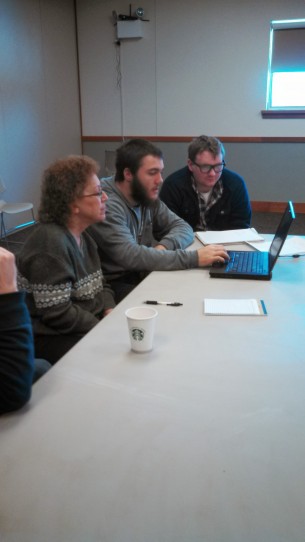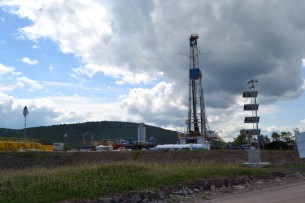Category: Student Projects
-

The Affordable Care Act Progress
Published Articles: CAC-Navigator Network Recommendations on Improving Enrollment Implementing the Affordable Care Act in Central Pennsylvania Students Implement the Affordable Care Act Happy Photos:
-

Place Work by Students in Environmental History
Essays about Place from American Environmental History taught by Prof. Stuhl.
-

-
